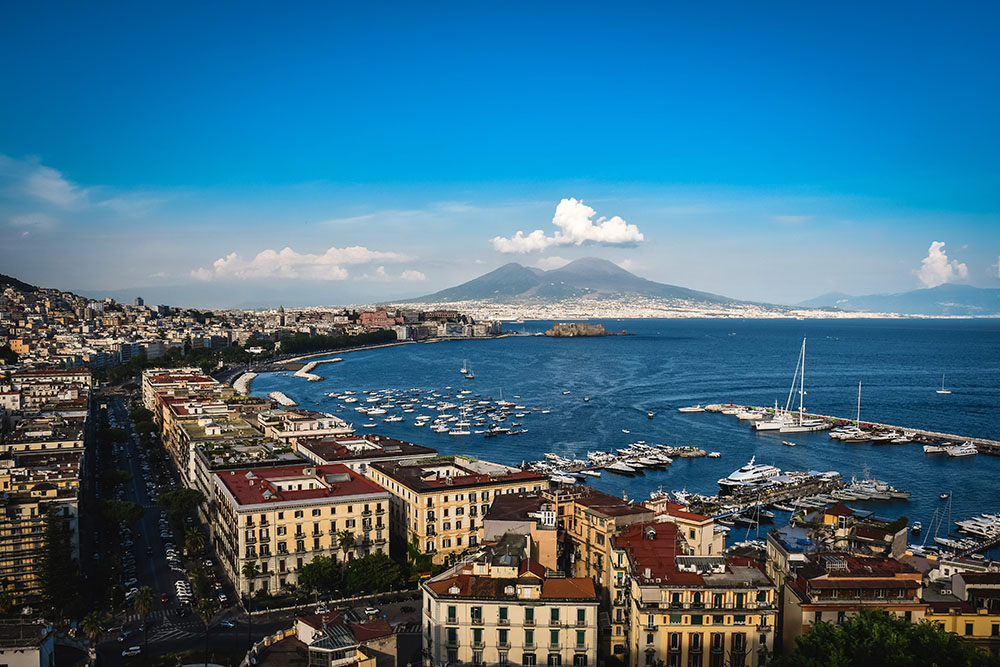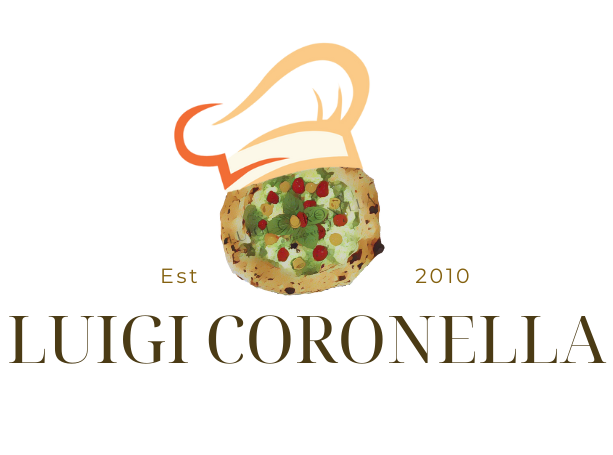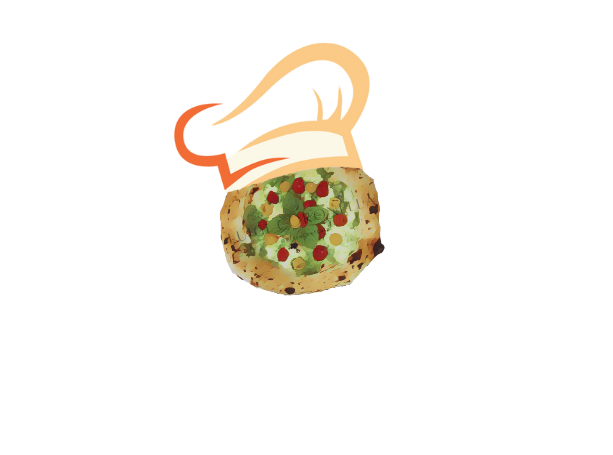A Journey Through Time Between Tradition and Innovation




The history of pizza is a fascinating journey that dates back to ancient times, shaped by the cultures and traditions of different civilizations.
Ancient Origins
The roots of pizza can be traced back thousands of years to the early Mediterranean civilizations. The Greeks, Egyptians, and Romans all made flatbreads using flour and water, which they baked on hot stones. These simple breads were often enhanced with ingredients like olive oil, herbs, honey, and dried fruit. The Romans, in particular, had a version called “picea,” a type of flatbread topped with cheese, aromatic herbs, and honey.
Evolution in the Middle Ages
During the Middle Ages, trade with the East introduced new ingredients that transformed flatbreads into more elaborate dishes. People began adding toppings like onions, bacon, fish, garlic, and various spices. This period saw the growing diversification of flatbread toppings, foreshadowing the modern concept of pizza.
The Birth of Modern Pizza
The pizza we know today originated in Naples in the 18th century. At the time, Naples was a bustling port city with a large working-class population. Pizza became a staple among Neapolitans due to its affordability and simplicity. It was a flatbread topped with basic ingredients like garlic, lard, and salt, sometimes enriched with cheese or anchovies.
The Introduction of the Tomato
One of the most revolutionary moments in the history of pizza was the arrival of the tomato from the Americas in the 16th century. Initially, tomatoes were met with suspicion in Europe, as many believed they were poisonous. However, over time, they became an essential part of Mediterranean cuisine. By the late 18th century, tomatoes had found their way onto Neapolitan pizza, creating the iconic combination of dough, tomato, and simple toppings that became the foundation of the classic Neapolitan pizza.
The Margherita and the Birth of Tradition
One of the most famous events in pizza history took place in 1889 when Neapolitan pizzaiolo Raffaele Esposito crafted a special pizza in honor of Queen Margherita of Savoy. This pizza, topped with tomatoes, mozzarella, and basil, represented the colors of the Italian flag—red, white, and green. The queen loved the creation, and it was soon named Pizza Margherita, becoming one of the most iconic pizza varieties in the world.
Global Expansion
During the 20th century, pizza spread beyond Italy, thanks largely to Italian immigrants. In the United States, in particular, pizza gained immense popularity, adapting to local tastes and evolving into various regional styles, such as New York-style, Chicago deep-dish, and California-style pizza. Today, pizza is a global phenomenon, enjoyed in countless variations across different cultures.
Pizza is the result of a long historical and cultural evolution, transforming from a humble dish into one of the most beloved foods worldwide. Despite its many variations and reinterpretations, pizza remains deeply rooted in Neapolitan tradition, symbolizing conviviality and a shared love for good food.


The history of pizza is a fascinating journey that dates back to ancient times, shaped by the cultures and traditions of different civilizations.
Ancient Origins
The roots of pizza can be traced back thousands of years to the early Mediterranean civilizations. The Greeks, Egyptians, and Romans all made flatbreads using flour and water, which they baked on hot stones. These simple breads were often enhanced with ingredients like olive oil, herbs, honey, and dried fruit. The Romans, in particular, had a version called “picea,” a type of flatbread topped with cheese, aromatic herbs, and honey.

Evolution in the Middle Ages
During the Middle Ages, trade with the East introduced new ingredients that transformed flatbreads into more elaborate dishes. People began adding toppings like onions, bacon, fish, garlic, and various spices. This period saw the growing diversification of flatbread toppings, foreshadowing the modern concept of pizza.

The Birth of Modern Pizza
The pizza we know today originated in Naples in the 18th century. At the time, Naples was a bustling port city with a large working-class population. Pizza became a staple among Neapolitans due to its affordability and simplicity. It was a flatbread topped with basic ingredients like garlic, lard, and salt, sometimes enriched with cheese or anchovies.

The Introduction of the Tomato
One of the most revolutionary moments in the history of pizza was the arrival of the tomato from the Americas in the 16th century. Initially, tomatoes were met with suspicion in Europe, as many believed they were poisonous. However, over time, they became an essential part of Mediterranean cuisine. By the late 18th century, tomatoes had found their way onto Neapolitan pizza, creating the iconic combination of dough, tomato, and simple toppings that became the foundation of the classic Neapolitan pizza.
The Margherita and the Birth of Tradition
One of the most famous events in pizza history took place in 1889 when Neapolitan pizzaiolo Raffaele Esposito crafted a special pizza in honor of Queen Margherita of Savoy. This pizza, topped with tomatoes, mozzarella, and basil, represented the colors of the Italian flag—red, white, and green. The queen loved the creation, and it was soon named Pizza Margherita, becoming one of the most iconic pizza varieties in the world.
Global Expansion
During the 20th century, pizza spread beyond Italy, thanks largely to Italian immigrants. In the United States, in particular, pizza gained immense popularity, adapting to local tastes and evolving into various regional styles, such as New York-style, Chicago deep-dish, and California-style pizza. Today, pizza is a global phenomenon, enjoyed in countless variations across different cultures.
Pizza is the result of a long historical and cultural evolution, transforming from a humble dish into one of the most beloved foods worldwide. Despite its many variations and reinterpretations, pizza remains deeply rooted in Neapolitan tradition, symbolizing conviviality and a shared love for good food.

📖 This article is an excerpt from the guide I provide to all participants in my professional Neapolitan pizza-making course.
If you want to deepen your knowledge of authentic Neapolitan pizza and turn your passion into a profession, check out my professional course!
🔥 Learn traditional techniques, refine your skills, and become a true pizzaiolo.
👇 Book your spot now or contact me for more information!


